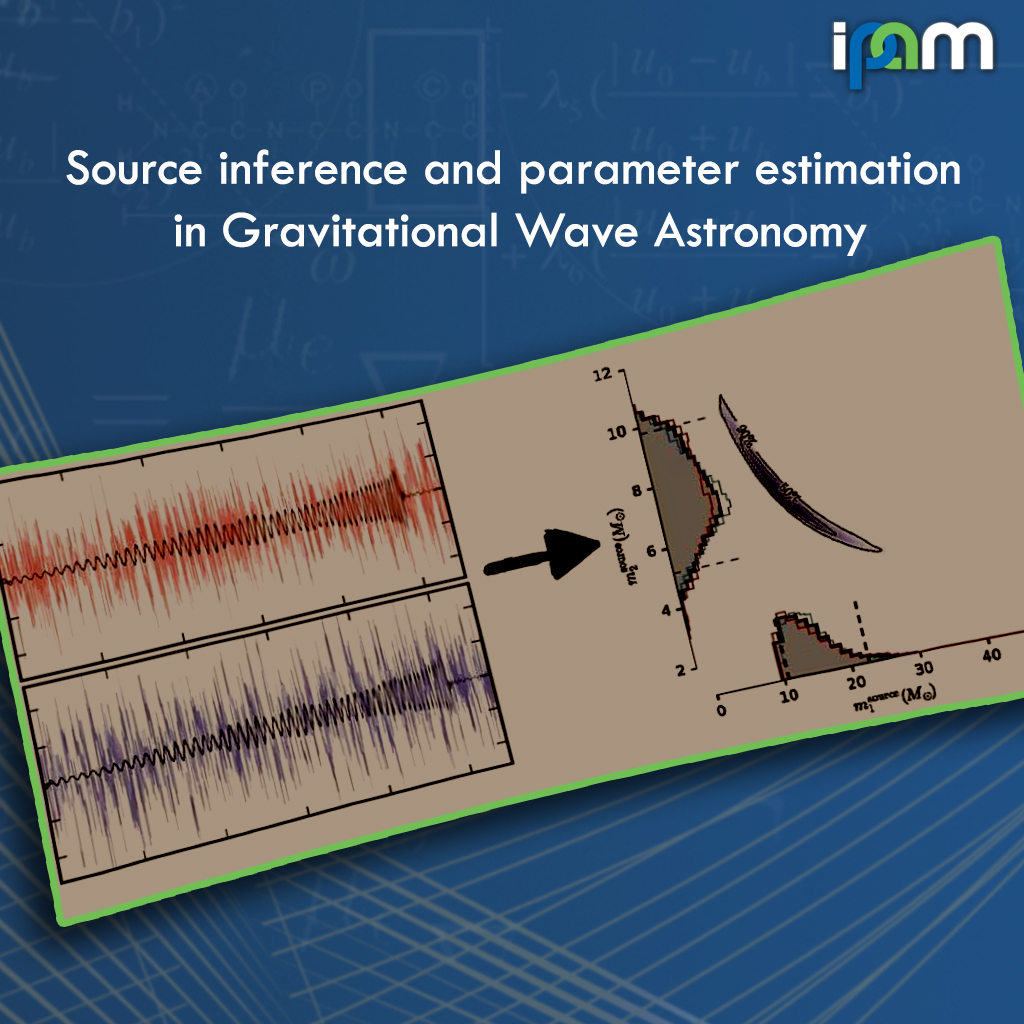Supermassive Black Holes and Merging Galaxies
Presenter
November 15, 2021
Abstract
Recorded 15 Novemeber 2021. Sarah Vigeland of the University of Wisconsin-Milwaukee presents "Supermassive Black Holes and Merging Galaxies: Low-Frequency Gravitational Wave Detection with Pulsar Timing Arrays" at IPAM's Workshop III: Source inference and parameter estimation in Gravitational Wave Astronomy.
Abstract: Observations have shown that nearly all galaxies harbor massive or supermassive black holes at their centers. Gravitational wave (GW) observations of these black holes will shed light on their growth and evolution, and the merger histories of galaxies. Pulsar timing arrays (PTAs) use observations of millisecond pulsars to detect low-frequency GWs with frequencies ~1-100 nHz, and can detect GWs emitted by supermassive black hole binaries, which form when two galaxies merge. In this talk, I will discuss the current status of the North American Nanohertz Observatory for Gravitational Waves (NANOGrav) PTA, with an emphasis on results from our most recent search for the stochastic GW background. I will also discuss future prospects for detecting and characterizing the stochastic GW background from supermassive binary black holes as well as GWs from individual supermassive binary black holes.
Learn more online at: http://www.ipam.ucla.edu/programs/workshops/workshop-iii-source-inference-and-parameter-estimation-in-gravitational-wave-astronomy/?tab=schedule
